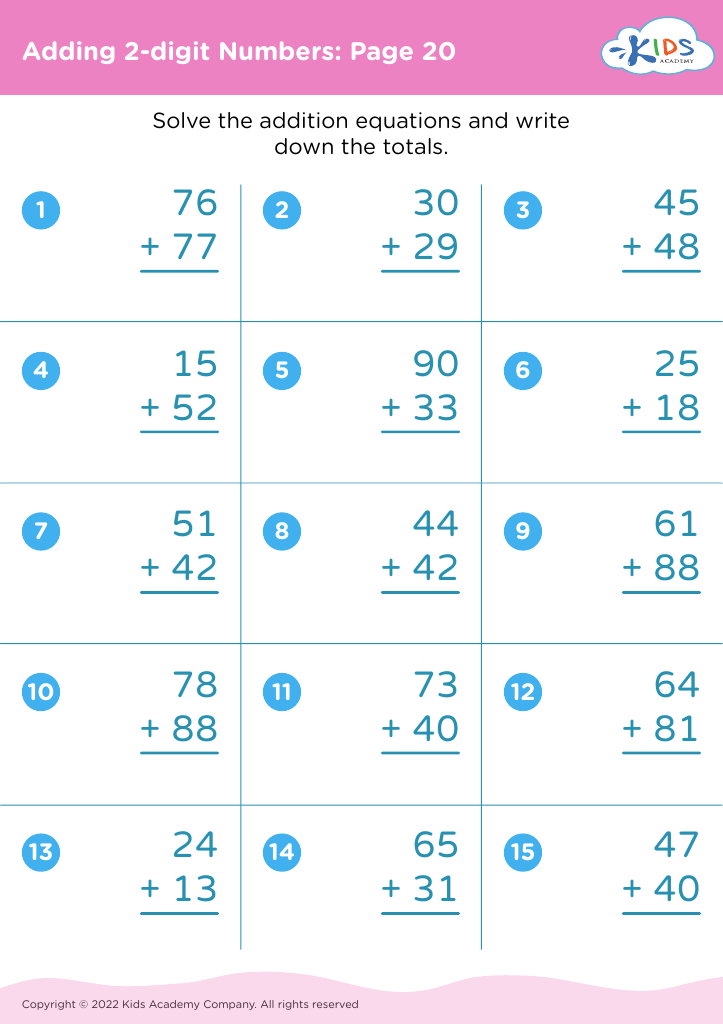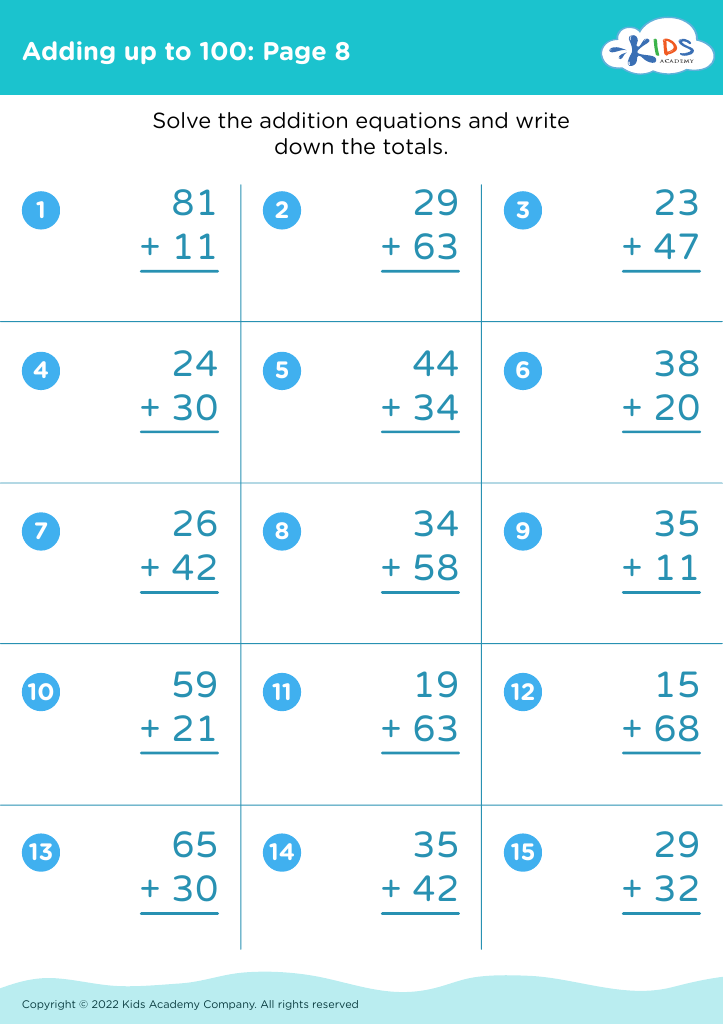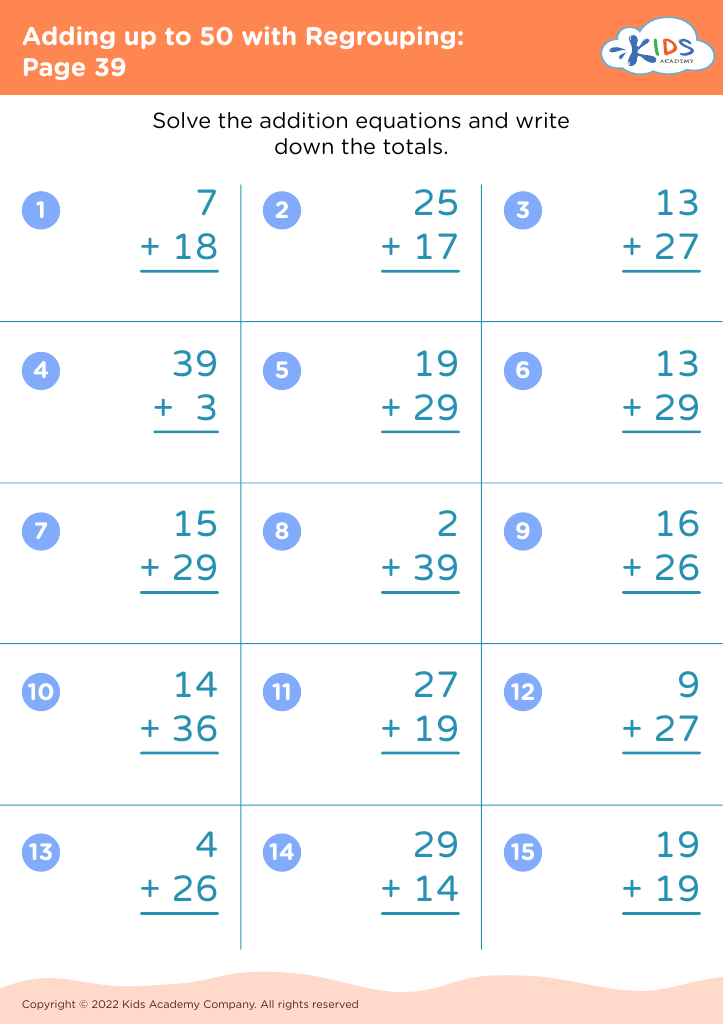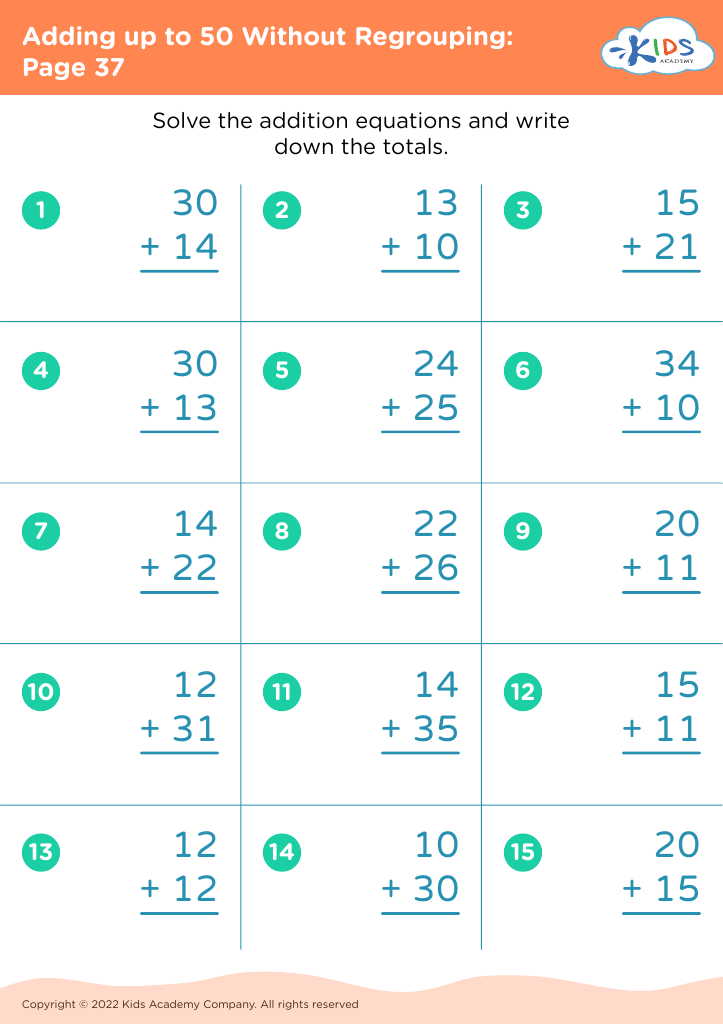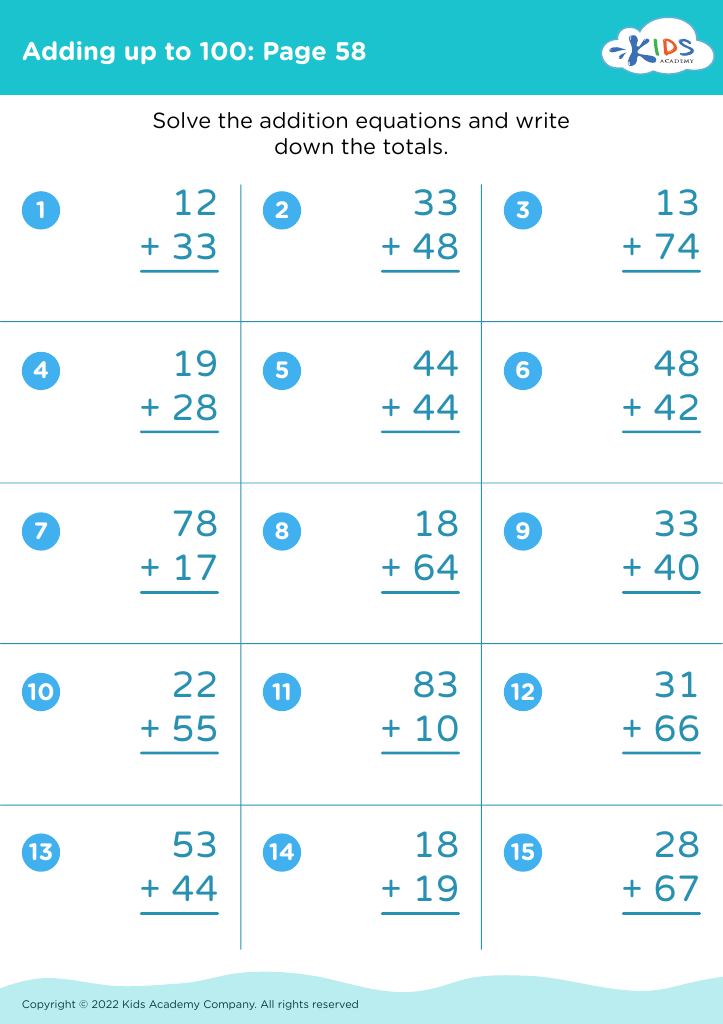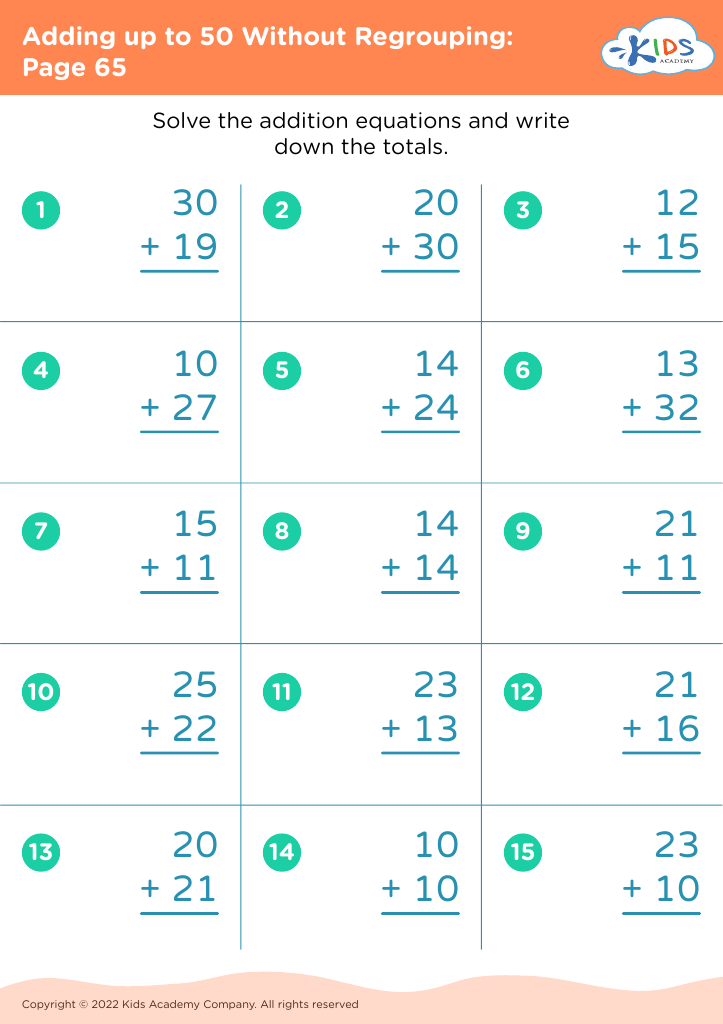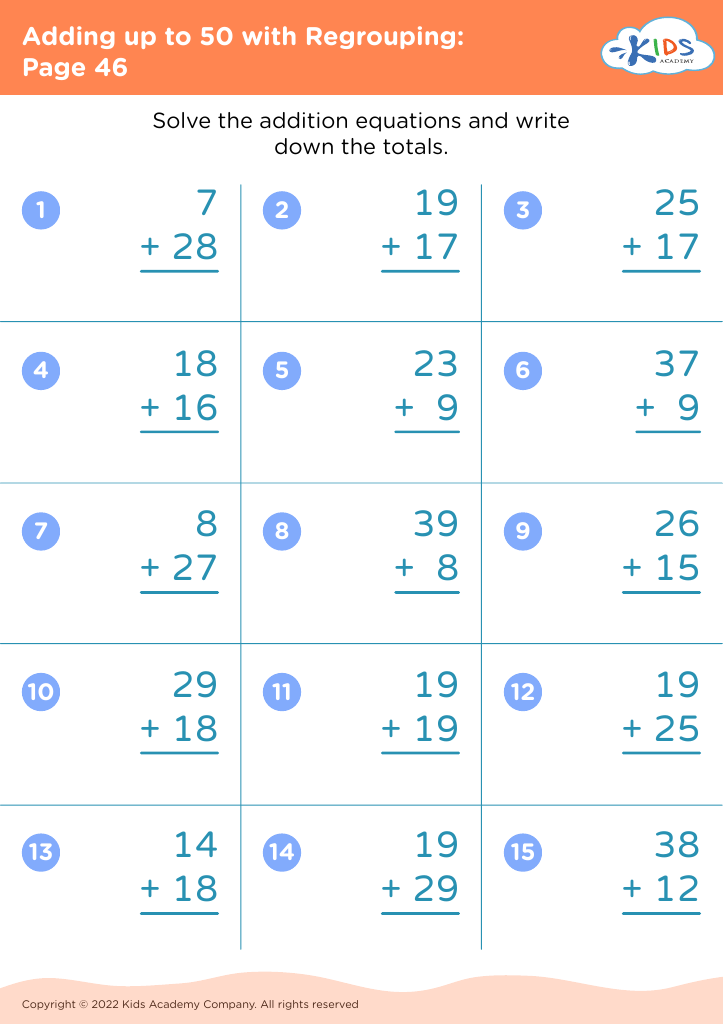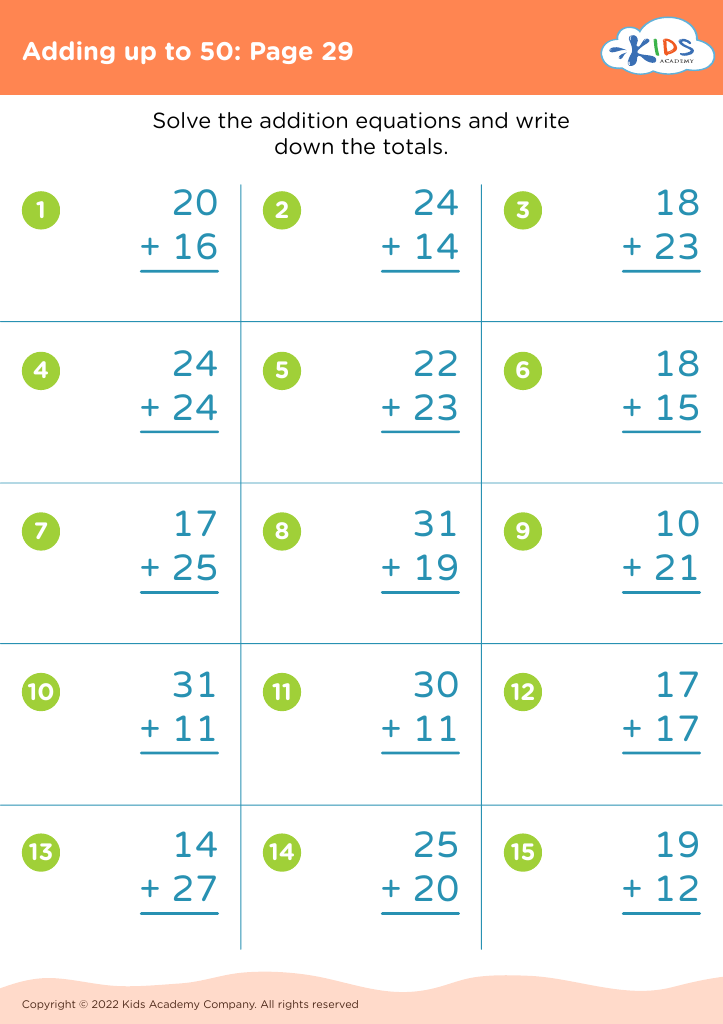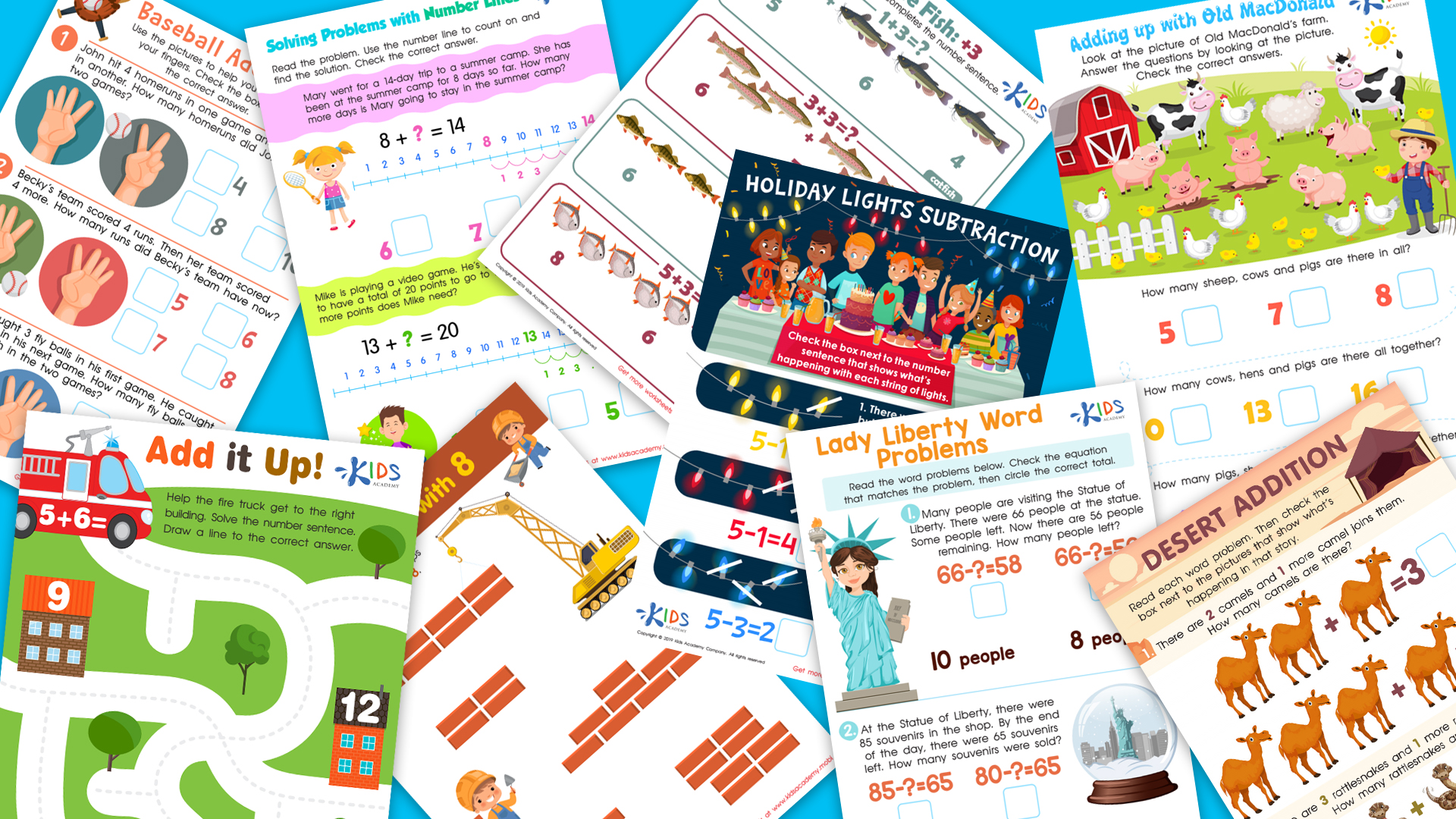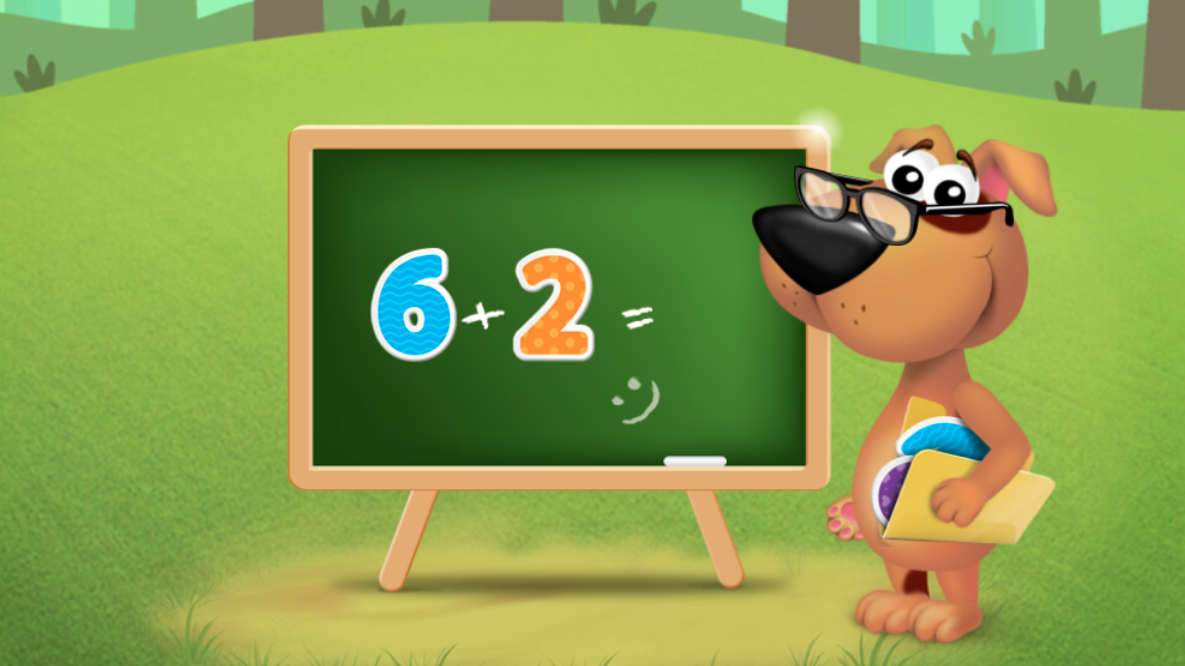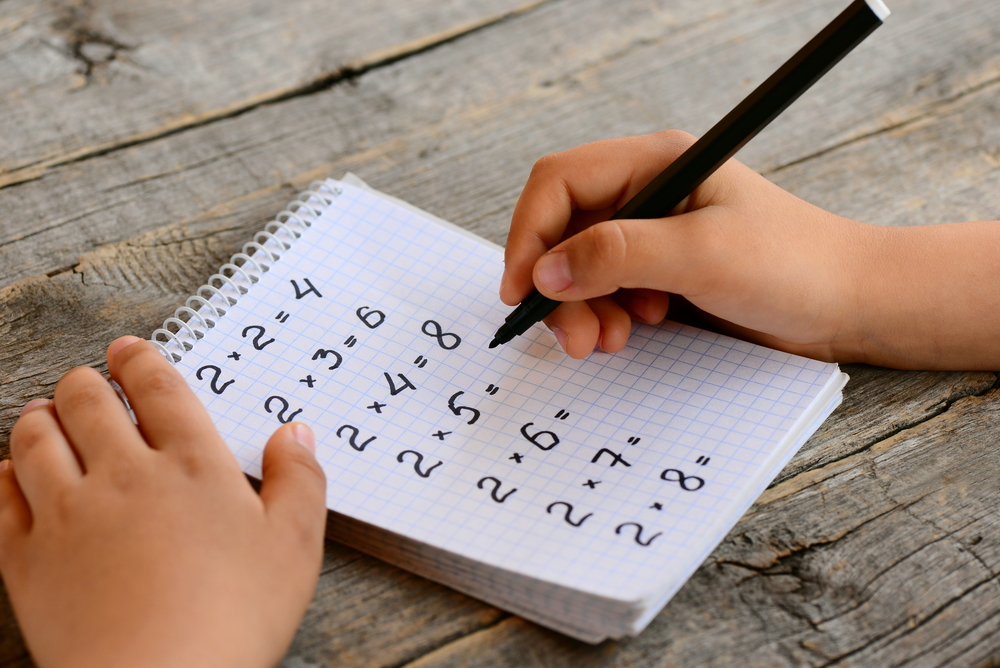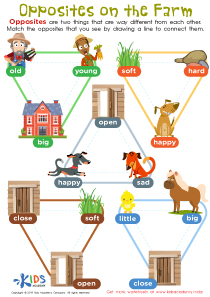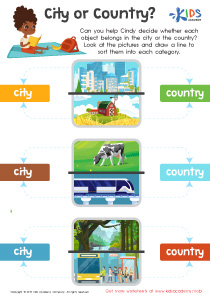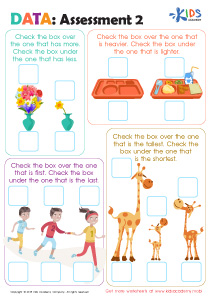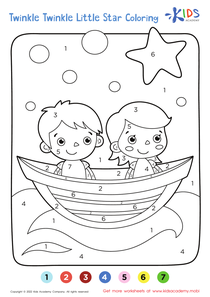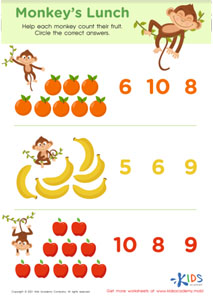Understand fractions Addition & Subtraction Worksheets for Ages 4-7
20 filtered results
-
From - To
Boost your child's math skills with our "Understand Fractions: Addition & Subtraction Worksheets" for ages 4-7. These engaging worksheets are crafted to make learning fractions fun and straightforward. Designed for young learners, they offer step-by-step guidance in mastering the basics of adding and subtracting fractions. Each colorful sheet brings practical problems to life, reinforcing skills through hands-on practice. Perfect for classroom use or at-home enrichment, these resources will lay a strong foundation in early math concepts, ensuring your child's success and boosting their confidence. Start exploring and watch your child’s fractions competency soar!
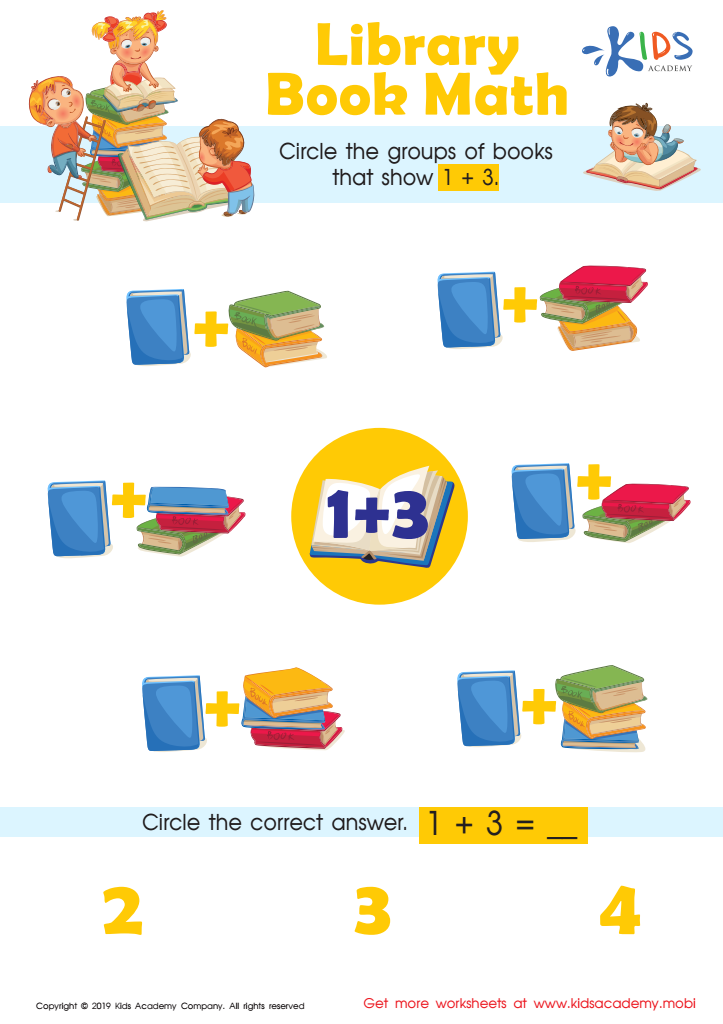

Library Book Math Worksheet
Understanding fractions, addition, and subtraction is foundational for early childhood education as these concepts cultivate critical thinking and problem-solving skills from a young age. For children ages 4-7, exploring fractions introduces them to part-whole relationships, which is fundamental not only in mathematics but also in real-life applications, such as sharing food or dividing tasks. Furthermore, mastering addition and subtraction strengthens numeracy skills, allowing children to understand number operations and their effects on quantities.
When parents and teachers focus on these arithmetic principles, they are preparing children for more complex mathematical concepts that they will encounter in later grades. Grasping these basics early boosts confidence, enhances academic performance, and fosters a positive attitude towards learning math. It also supports cognitive development by encouraging logical reasoning, pattern recognition, and abstract thinking.
Additionally, interactive and tangible activities involving fractions, addition, and subtraction—such as using toys, blocks, or other hands-on tools—engage young learners and make abstract ideas concrete and understandable. Parents and teachers who prioritize these concepts can tailor such educational experiences effectively, ensuring a solid mathematical foundation that will benefit children throughout their educational journey and everyday life.


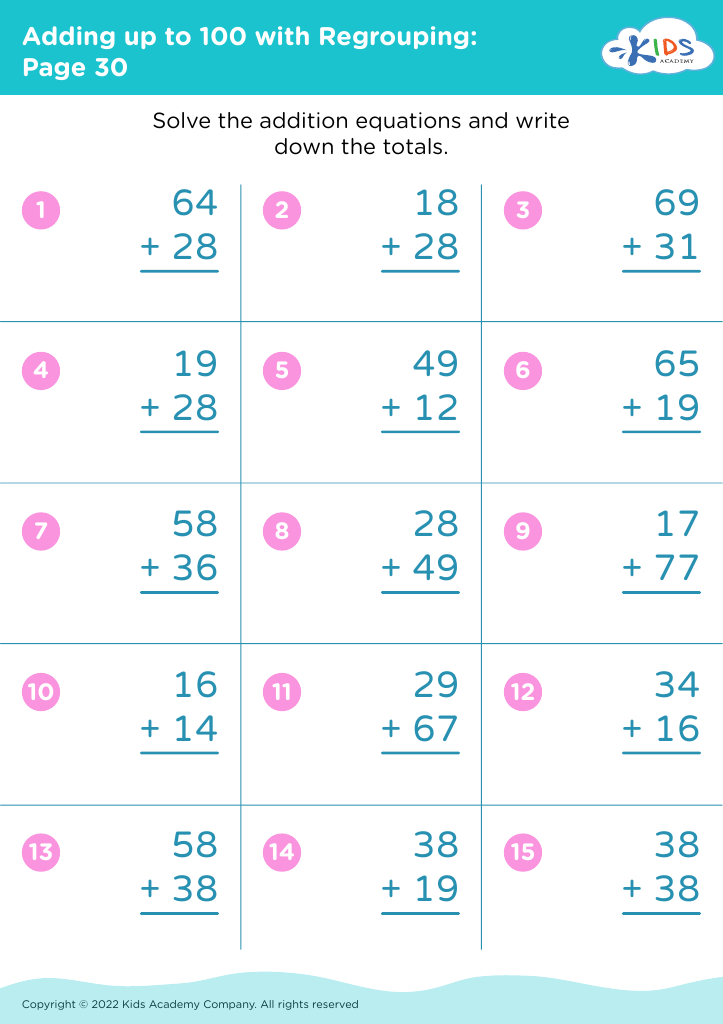
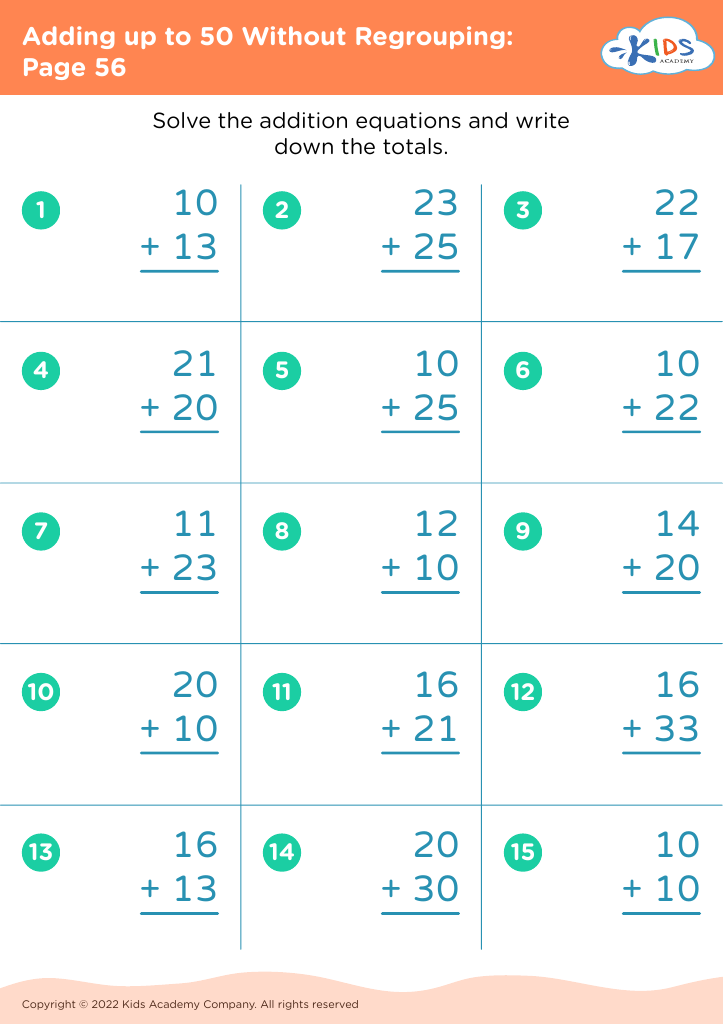
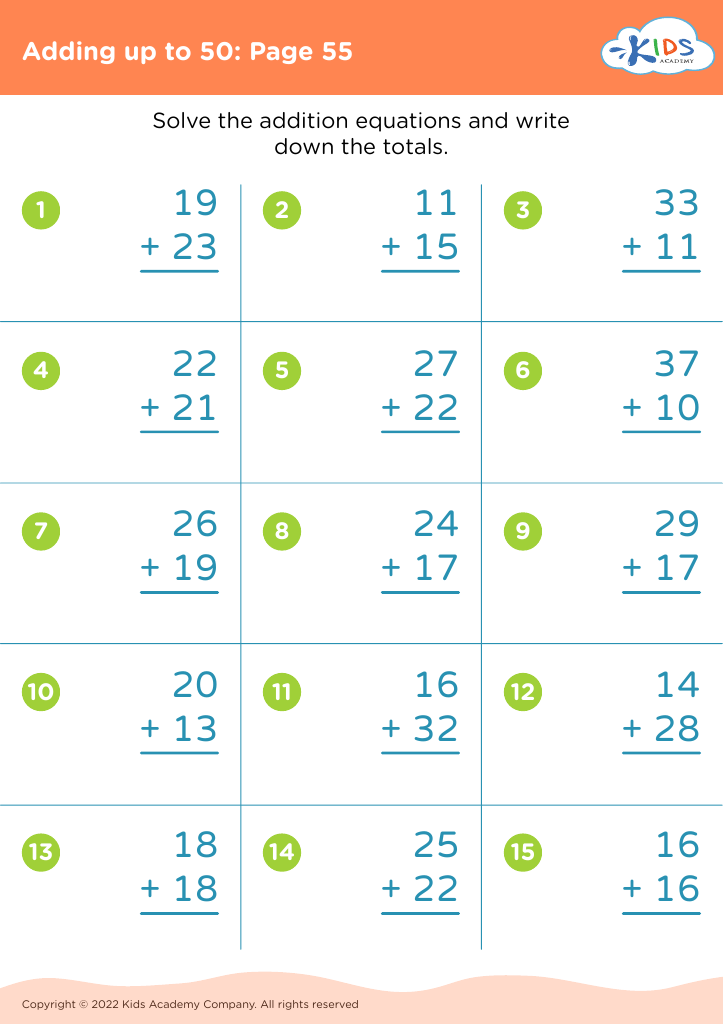
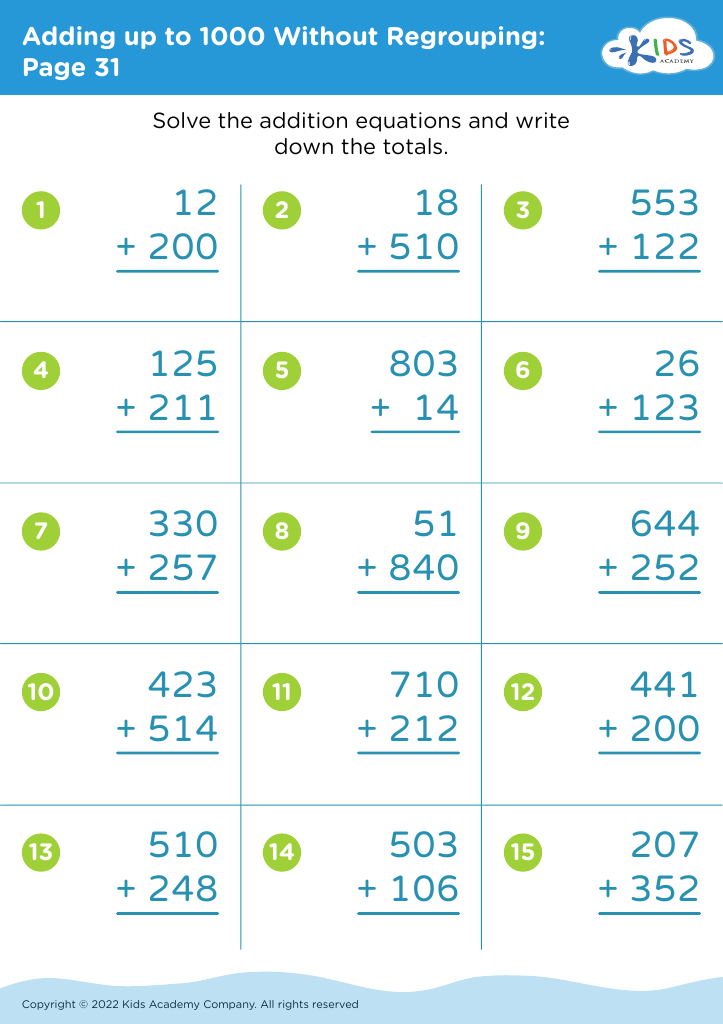
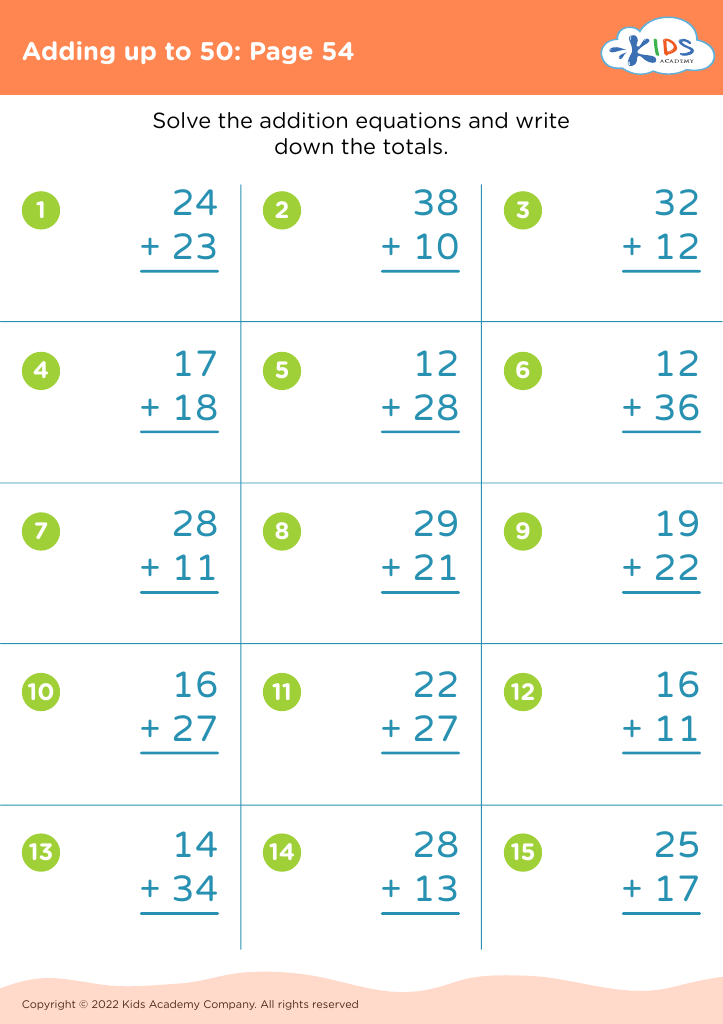
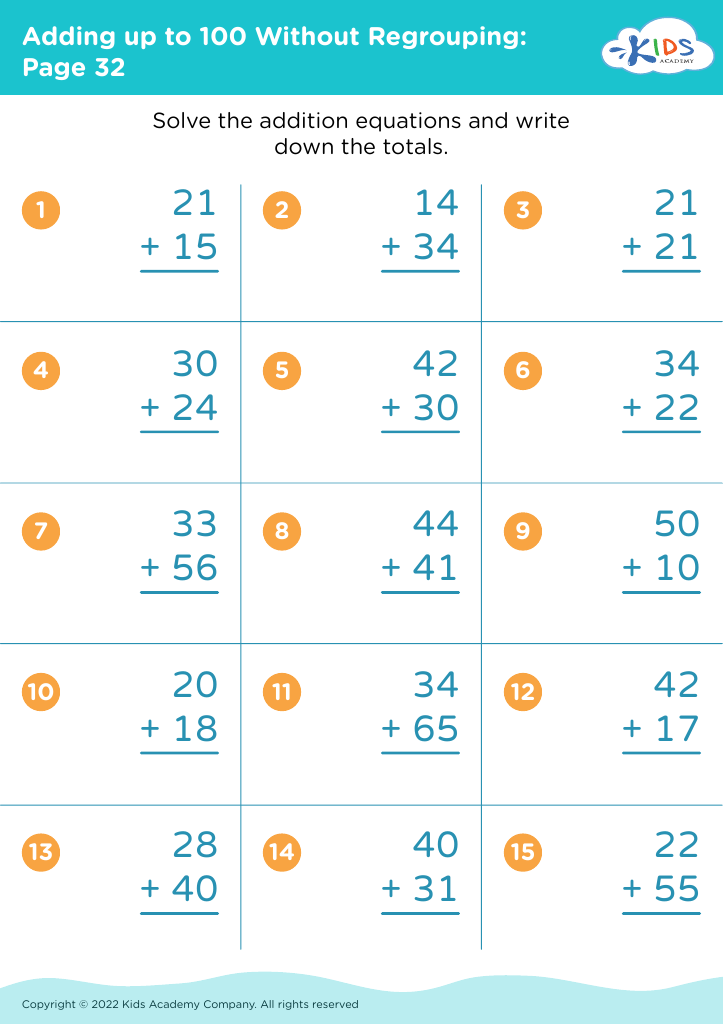

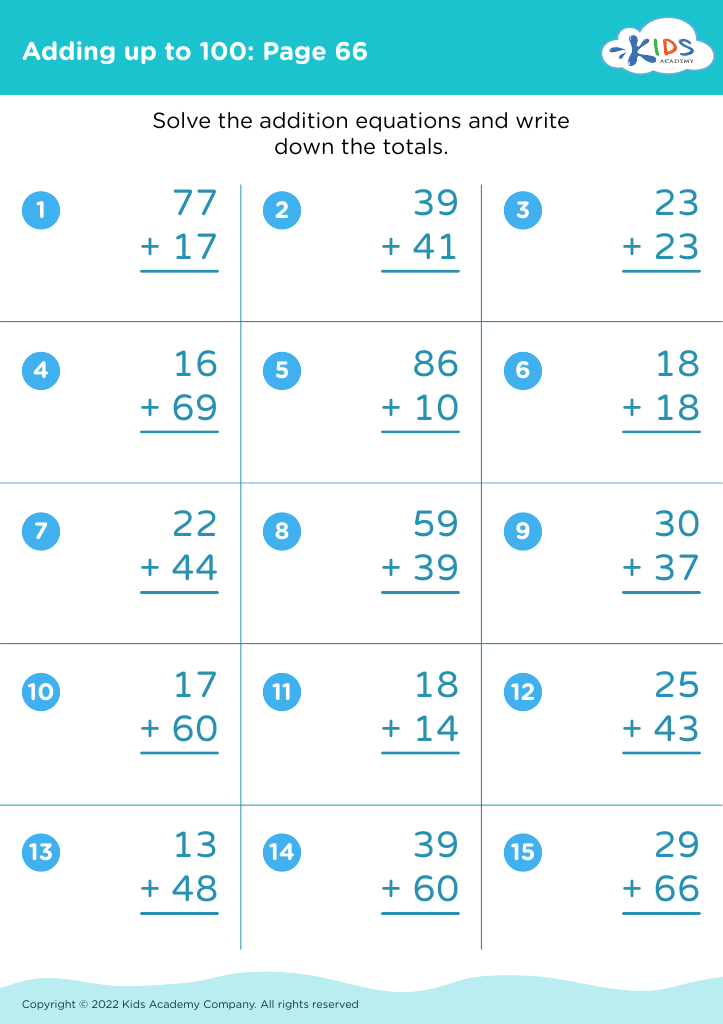
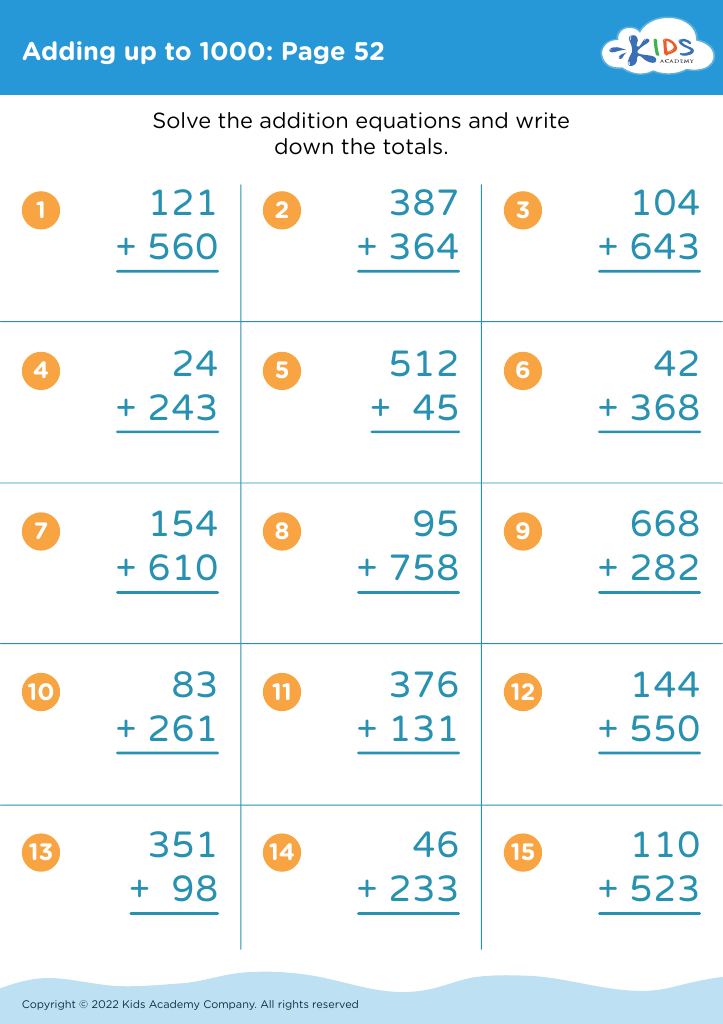
 Assign to My Students
Assign to My Students
